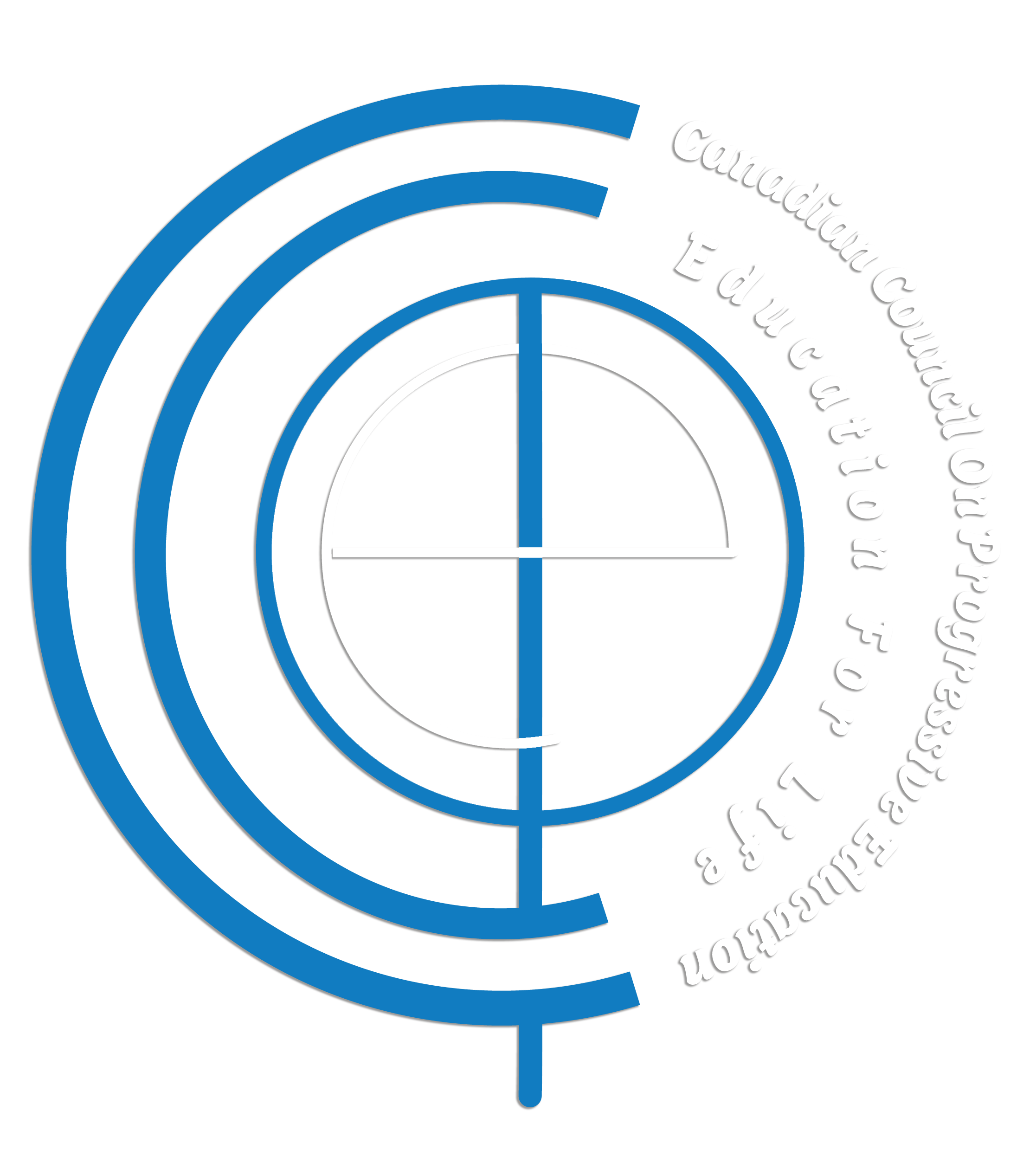

Essential Theories of Second Language Acquisition
anguage acquisition is a multifaceted journey influenced by psychology, social context, and cognitive processes. Here’s a comprehensive guide to foundational theories in second language acquisition (SLA) along with curated video resources for further exploration.
1. Behaviorism: Learning through Repetition and Reinforcement
Behaviorism, based on B.F. Skinner’s work, centers on imitation, practice, and reinforcement. This approach suggests that language is learned by forming habits through repeated practice and feedback (Skinner, 1957). Although modern methods have moved beyond strict behaviorism, its influence is still seen in techniques like rote memorization and drilling, which remain useful for beginners needing structured, predictable learning.
Video Resource:
- Introduction to Behaviorism – CrashCourse: This video explains behaviorist principles, including reinforcement, which is central to early language learning theories.
2. Innatism: Language as an Inborn Ability
Noam Chomsky’s theory of innatism introduced the concept of Universal Grammar (UG), proposing that humans are born with an innate capacity for language learning (Chomsky, 1965). According to UG, learners adapt to any language by drawing from a mental framework that understands grammatical structures. This theory underlies the belief that some aspects of language are acquired naturally through exposure.
Video Resource:
- Chomsky’s Universal Grammar – Linguisticator: This video introduces Chomsky’s theory of Universal Grammar, explaining how humans are inherently wired for language acquisition.
3. Krashen’s Monitor Model: The Power of Input
Stephen Krashen’s Monitor Model (1982) consists of five hypotheses that have had a lasting impact on language education:
- Acquisition-Learning Hypothesis: Natural acquisition is distinguished from conscious learning.
- Monitor Hypothesis: Consciously learned grammar serves as an “editor” to refine language use.
- Natural Order Hypothesis: Language elements are acquired in a predictable sequence.
- Input Hypothesis: Emphasizes “comprehensible input” just above the learner’s level.
- Affective Filter Hypothesis: Recognizes how motivation and emotions affect acquisition.
Krashen’s model is particularly influential in communicative language teaching, focusing on immersion and natural exposure to language rather than rote grammar rules.
Video Resource:
- Stephen Krashen’s Input Hypothesis Explained – NABE 2020: Krashen himself explains his Input Hypothesis, offering direct insight into his influential ideas.
4. Interaction Hypothesis: Learning Through Communication
Michael Long’s Interaction Hypothesis (1983) suggests that real-time interaction is vital for language acquisition. During conversations, learners negotiate meaning, clarify misunderstandings, and receive feedback—processes that aid in comprehension and retention. Research supports this theory, showing that interactive tasks boost language learning by enhancing both understanding and confidence (Gass & Mackey, 2007).
Video Resource:
- Michael Long’s Interaction Hypothesis – Second Language Acquisition Theory: This video breaks down the Interaction Hypothesis, explaining why communication is essential for learning a second language.
5. Sociocultural Theory: The Role of Social Context
Lev Vygotsky’s sociocultural theory (1978) highlights that learning is a socially mediated process. His “Zone of Proximal Development” (ZPD) concept states that learners advance most effectively when supported by knowledgeable others, like teachers or peers. Vygotsky’s theory encourages collaborative learning and task-based approaches, emphasizing the importance of social context in language learning (Lantolf & Thorne, 2006).
Video Resource:
- Vygotsky’s Sociocultural Theory of Learning – Sprouts: An animated explanation of Vygotsky’s concepts, including the ZPD, highlighting social learning’s importance in language acquisition.
6. Cognitive Theories: The Mental Mechanics of Language Learning
Cognitive theories focus on the mental processes involved in language learning.
- Information Processing Theory: Language learning moves from conscious effort to automatic processing (McLaughlin, 1987).
- Connectionism: Learners identify patterns in language input, strengthening neural connections for language acquisition (Ellis, 2003).
- Noticing Hypothesis: Richard Schmidt (1990) argued that consciously “noticing” language forms in input is essential for acquisition.
Research supports that cognitive engagement—especially when learners consciously focus on language features—enhances learning and retention.
Video Resources:
- Information Processing Theory – Teacher’s Network: A concise overview of how learners process and eventually automate language skills.
- Connectionism in SLA – Cognitive Linguistics: This video explains how learners create and strengthen neural connections to acquire language.
7. Output Hypothesis: Learning by Producing Language
Merrill Swain’s Output Hypothesis (1985) posits that producing language (speaking, writing) is essential for acquisition. By attempting to use language, learners often recognize gaps in their knowledge, prompting them to refine their skills. Research shows that output is beneficial not only for fluency but also for gaining a deeper understanding of language (Swain, 2000).
Video Resource:
- Swain’s Output Hypothesis Explained – Second Language Acquisition Lab: This video discusses Merrill Swain’s Output Hypothesis, explaining how producing language aids in language acquisition.
Conclusion: Bringing Theories into Practice
These theories underscore different aspects of how we learn a second language—from innate abilities to social interactions and cognitive processing. While each theory has unique insights, they can be combined to form a well-rounded approach to teaching and learning languages. Understanding these foundational principles can empower educators to create more effective, engaging language programs and give learners a stronger foundation for success.
References:
- Chomsky, N. (1965). Aspects of the Theory of Syntax. MIT Press.
- Ellis, N. C. (2003). Constructions, chunking, and connectionism: The emergence of second language structure. Cognitive Linguistics, 14(1), 1-33.
- Gass, S., & Mackey, A. (2007). Input, interaction, and output in second language acquisition. Language Learning, 57(S1), 69-113.
- Krashen, S. (1985). The Input Hypothesis: Issues and Implications. Longman.
- Lantolf, J. P., & Thorne, S. L. (2006). Sociocultural Theory and the Genesis of Second Language Development. Oxford University Press.
- Lightbown, P. M., & Spada, N. (2006). How Languages are Learned. Oxford University Press.
- Long, M. H. (1983). Native speaker/non-native speaker conversation and the negotiation of comprehensible input. Applied Linguistics, 4(2), 126-141.
- McLaughlin, B. (1987). Theories of Second-language Learning. Edward Arnold.
- Schmidt, R. (1990). The role of consciousness in second language learning. Applied Linguistics, 11(2), 129-158.
- Skinner, B. F. (1957). Verbal Behavior. Appleton-Century-Crofts.
- Swain, M. (1985). *Communicative competence: Some roles of comprehensible input and comprehensible output in its development









